#south india temples
Video
youtube
Agnipureeswarar Temple | Thiruvarur | அக்னி பகவானுக்கு அருள்செய்த திருப்...
#youtube#agnipureeshwarar temple#agnipureeshwarartemple#Templesofindia#south India temples#Temples in Tamil Nadu#jothishi
0 notes
Text
How to Experience Peace and Faith in South India
How to Experience Peace and Faith in South India
South India is the best place to drive for history, architect, and religion. The state is dotted with the most beautifully designed temples which are deeply associated with immense religious significance. If you want to explore the most detailed historical stone carvings and the soul-enriching majestic temples then you must visit this southern Indian state. It is believed that India and…

View On WordPress
0 notes
Text
Meenakshi Amman Temple, Madurai, Tamil Nadu, India.
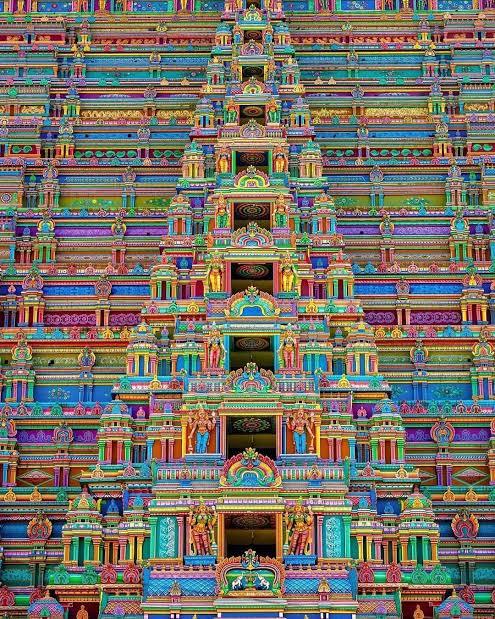
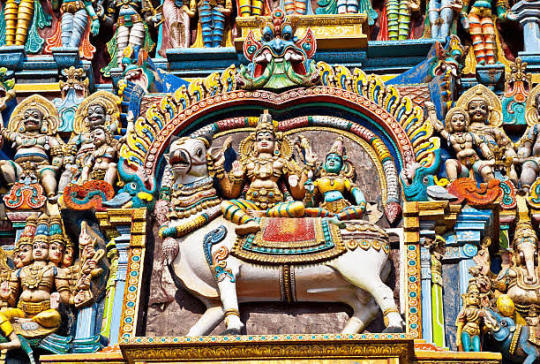
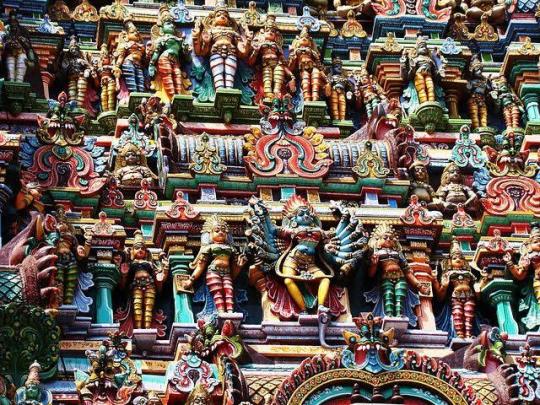
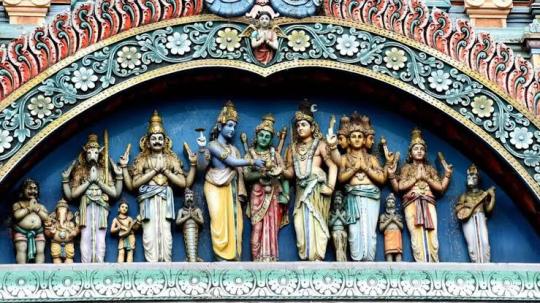


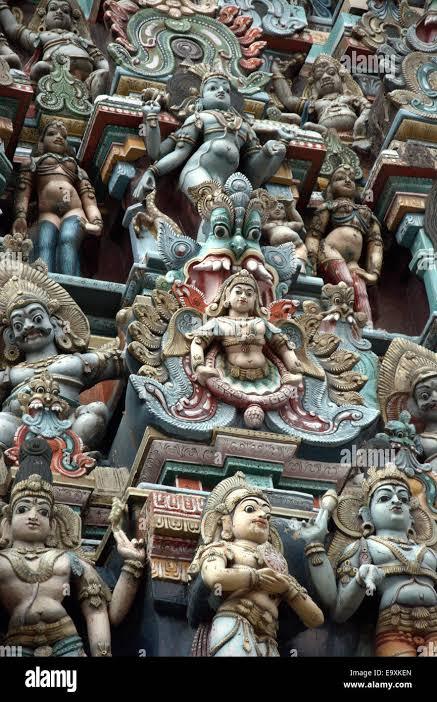

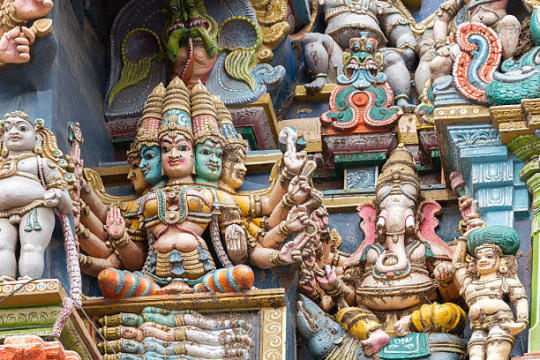

#hindu temples#india#architecture#hindu architecture#tamil nadu#meenakshi amman temple#madurai#sanatan dharma#hinduism#south india#hindu culture#temple architecture#places of worship#south asian
114 notes
·
View notes
Text

Mural at Parashnath Jain Temple, Kolkata.
#ots#jainism#jain#wall murals#mural#mural art#temple architecture#kolkata#calcutta#west bengal#india#south asia#indian art#indian architecture
38 notes
·
View notes
Text

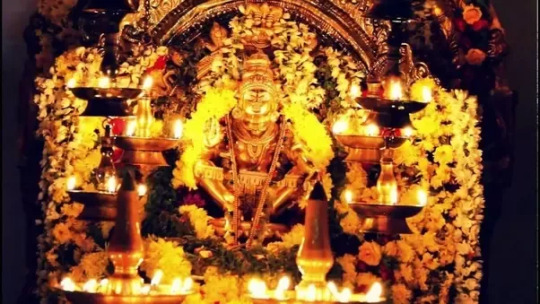
Sabarimala Temple in South India.
14 notes
·
View notes
Text
South India Through My Lens 🛺🪷🥥🎣
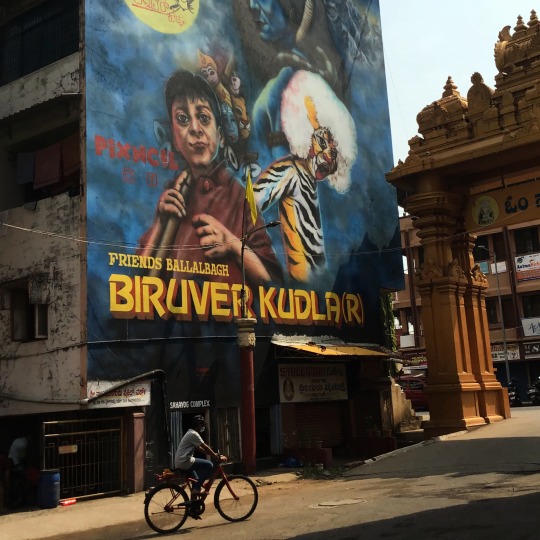

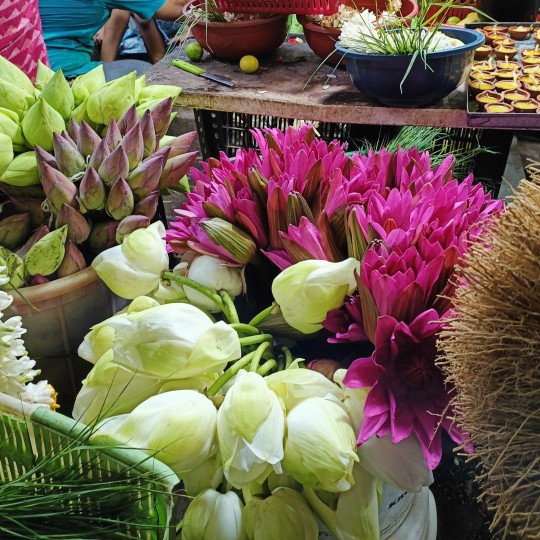
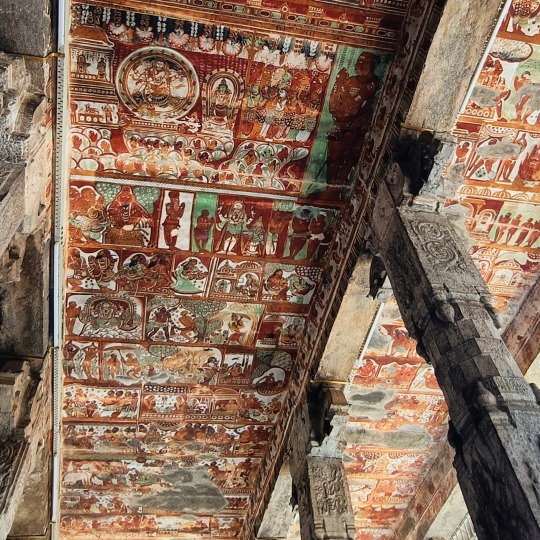




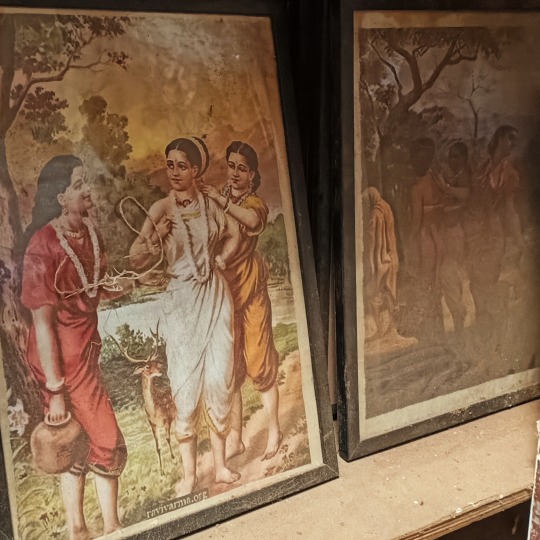
Threw in the only Baale Yele Oota picture I'd taken
P.S. - These are all pics from my camera roll so please don't use them for other moodboards tysmm
#1. Mangalore - Pixncl happens to be the this cool ass graffiti artist whos pieces you can find almost anywhere in Mangalore#2. This Ajji at Malemahadeshwara hills temple vicinity#3. the entire street near the Ganesh temple in pondicherry close to the promenade is straight up vibes#4. the murals on the roof of the chidambaram temple in Pondicherry#5. the suvarna vidhana soudha in belagavi#6. the only baale yele oota pic i could find on my camera roll otherwise howww would i call this a south india post???#7. just my gramma in her hott red-black mysore silk saree#8. the only veg mess we could find on our way to tn where they were prepping for their afternoon batch of parottas#9. this antique store which had several unrestored paintings and a ton of raja ravi varma painting prints#desiblr#desi tumblr#desi tag
16 notes
·
View notes
Text
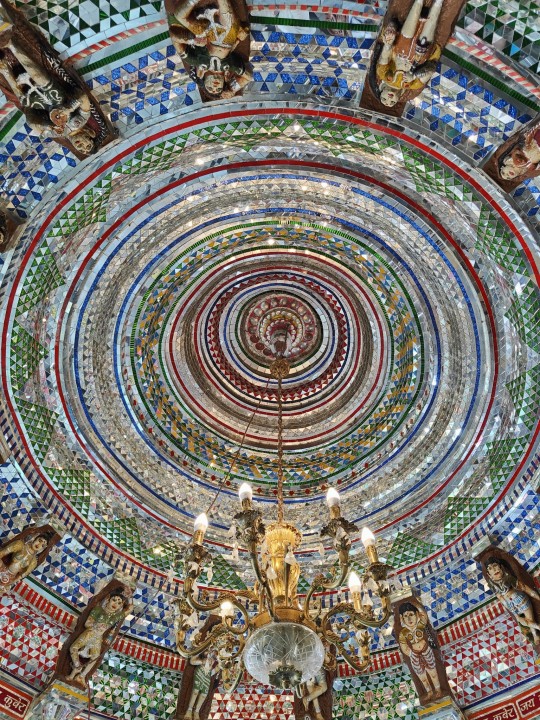
Kuber Bhandari Temple, India
#india#asia#south east asia#travel#hindu mythology#temples#art#culture#architecture#heritage#history#historical monuments#historical building#indian art#indian architecture#asian art#asian architecture#adventures#trip#art aesthetic#monument#destiny's rainboww
54 notes
·
View notes
Text
South India Travels!
View of the Backwaters
Kochi! Kerala! Backwaters!
It might seem The southern part of India is my favourite. But, even I am not sure, what influences me to travel to that part of the country!
It was work for one part of it, It was sightseeing the Other Time and it was food and rejuvenation for this time.
All the sides of the South have so much to offer! Just like the other states of India!…

View On WordPress
#Bangalore#Hampi#Incredible India#India#Karnataka#Kerala#Kochi#Pagesfromydiary#Palace#South India#South Indian Food#Summer#Temples
2 notes
·
View notes
Text
Vannakam Makkale🪷
I think it's simply marvellous to wake up in a tamillian household.
M.S . Subbulakshmi is the unofficial family member of every house ; her morning subrabatams filling every nook and corner of the house.
And the manjal paste you apply after every bath? A small possible connection with Parvati devi a millenia ago
The warm decoction filter coffee from the two tier coffee filter poured into a steel glass next to a plate of warm and soft iddlie with thengai chutney and karam pudi.
The kolam with an intricate pattern and the poovu in my hair which my amma tucks in with a U pin. The dark green valayal that clink in a melodious rhythm
The simple yet eye-catching pattu saree the ladies wear at temples with matching bottu and jimki kambal. The soft hum of mahishasura mardini chanting. The pongal in tapioca leaf. And that familiar golusu sound of little girls.
The raised eyebrows, the loud and happy voices ,the overly inviting and loving people who love to feed.
I come from the culture of the chozhas and temple bells and tamizh.
Vannakam makkale
🪷🤎✨️🛺🪞✨️🪷🤎✨️🛺🪞✨️🪷🤎✨️🛺🪞

#desi#desi tumblr#my writing#relatable#desi things#southindian#writeblr#indian#tamilian#welcome to south india#vannakam makkale#Nila#tamil girls#temples
8 notes
·
View notes
Photo

happy Mahāśivarātri! 🙏 reflecting today on the need to destroy within that which is familiar to be reborn as new. a poem inspired by the homam witnessed at the Chidambaram Temple (pictured):
Agni
is starved
mantra pours into the fire
ghee pours into the fire
milk pours into the fire
curd pours into the fire
sugar pours into the fire
silk pours into the fire
fear pours into the fire
past pours into the fire
doubt pours into the fire
attachment pours into the fire
woe pours into the fire
ire pours into the fire
Agni
licks his lips
quenching the homam within,
i wear the embers on my eyelids
with each blink
i regenerate.
Har Har Mahādeva!
🔱 further context: scholar Richard K. Payne explores homa as symbiosis between fire, the deity invoked in and concomitantly identified with the fire, and with the practitioner, who themselves becomes ‘ritually identified with both the deity and the fire’. in this, the offerings immolated in the fire are connoted with ‘spiritual obstacles that impede the practitioner from full awakening’. most significantly, ‘the practitioner’s own inherent wisdom is identified with the fire, and just as the offerings are transformed and purified, the practitioner’s own spiritual obstacles are, as well’. (2017)
Payne interestingly identifies two strains of interpretation of the ritual: first, ‘the yogic interiorization of ritual found in post-Vedic Indian religion, more as a form of esoteric physiology than as a psychologized understanding of visualization’; second, ‘the sexual symbolism' 'attached to all aspects of fire rituals’. (2017)
#homam#homa#bhakti#poem#poetry#bhakti poetry#mahadeva#shivaratri#mahashivaratri#chidambaram#south india#temple#chidambaram temple#lingam#ritual#shiva#mahesvara#richard k payne#scholar#religious studies#hinduism#agni#fire#har har mahadev
10 notes
·
View notes
Text
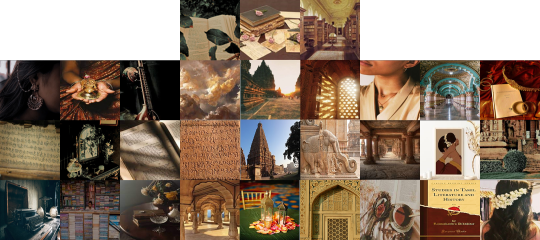
Miss Perumal gave him a wry look. "Don't play games with me, Reynie Muldoon. If you aren't the most talented child I've ever known, then I've never known a child at all."
He always looked forward to Miss Perumal's company - her laughter, her wry expressions, the stories she told (often in Tamil) of her childhood in India, even the occasional sighs she made when she didn't think he were aware. They were gentle and lifting...
Miss Perumal from The Mysterious Benedict Society by Trenton Lee Stewart
#India#South India#South Indian beauty#Indian culture#Temples#moodboard#desiblr#desi tumblr#desi dark academia#desi aesthetic#poc moodboard#bipoc aesthetic#bipoc in light academia#bipoc in dark academia#bipoc representation#bipoc community#immigrant#immigrants#india love#tamil#mysterious benedict society#reynie muldoon
8 notes
·
View notes
Text
temples in the indus valley
The ruins in the Indus Valley that are thought to resemble temples are characterized by certain architectural features. One of the most distinctive features is the presence of a large central courtyard, surrounded by smaller rooms or chambers. These courtyards were often accessed via a large gateway, which was often decorated with ornate carvings or sculpture. Additionally, some of the structures in the Indus Valley featured large platforms or raised areas, which may have been used for ritual purposes or to support altars.
Another characteristic of these structures is the use of baked bricks as a building material. These bricks were often made to a standardized size, which allowed for efficient construction and the creation of uniform walls. The use of baked bricks also allowed for the creation of decorative elements, such as friezes and relief carvings, which were sometimes used to depict religious or mythological scenes.
While it is difficult to say with certainty whether these structures were actually temples, there is evidence to suggest that they were used for religious or ritual purposes. For example, many of the artifacts recovered from these sites are associated with ritual or ceremonial activities, such as pottery vessels used for libations or the remains of sacrificial animals. Additionally, some of the larger structures in the Indus Valley, such as the Great Bath at Mohenjo-daro, are thought to have been used for ritual bathing or purification.
eg. Terracotta masks have been found at several sites in the Indus Valley civilization, including Mohenjo-Daro, Harappa, and Chanhu-Daro. These masks were usually discovered in association with ritual or ceremonial contexts, such as temple or funerary sites.The masks are typically small, measuring only a few inches in height and width, and are made from fired clay. They are usually modeled in the form of a human face, with features such as eyes, nose, and mouth, and sometimes with added decoration such as jewelry or headdresses. Some masks have been found with holes or loops at the top, suggesting that they may have been worn as pendants or hung on walls. The function of these masks is not entirely clear, as there are no written records from the Indus Valley civilization. However, some scholars suggest that they may have been used in rituals or ceremonies as representations of ancestors, gods, or other supernatural beings. Other scholars suggest that they may have been used for more mundane purposes, such as to decorate household shrines or to serve as amulets for protection.
#chat gpt#temple#temples#hindu#hinduism#buddhist#buddhism#jain#jainism#tantra#shaman#sramana#samana#shramana#indus valley#ancient india#south asia#melakam#meluhha#architecture#archaeology#history#ancient history#ancient civilization#chatgpt#terracotta#pottery#masks
3 notes
·
View notes
Text

South indian coffee brass tumbler brass charnamrit glass
Combining elegance with utility, the brass glass boasts a generous capacity for your favorite drinks. Whether you desire a refreshing glass of water, a soothing herbal tea, or a chilled beverage, this tumbler elevates the everyday act of drinking into a delightful experience.
Purchase it here: https://www.pujanpujari.com/shop/south-indian-coffee-brass-tumbler-brass-charnamrit-glass/
0 notes
Text
youtube
#youtube#social media#travel#vacation#tamilnadu#wonderful places#tamilnet#templo#temples#temple#gods#lord shiva#hindustan#hindus#hinduism#hindu mythology#hindu girl#ancient history#historical#history#south india tour package#traveler#traveller#travels#travelling#religon#spiritualism#spiritual guide#spiritual life#spirituality
0 notes
Text
Bookmark These Brands That Cater To Amazing Temple Jewellery To Dazzle This Wedding Season. Stay Tuned To ShaadiWish For Latest Trends And Ideas.
#south Indian jewellery#South Indian Bride#South India Jewels#Shop Temple Jewellery#Temple Jewellery Brands#jewellery brands#ShaadiWish
0 notes
Text
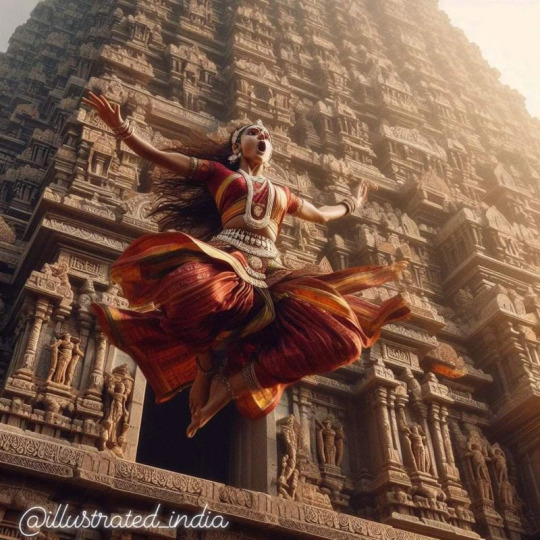
Brave Women of Bharat... by Arun Pudur
It was the year 1323 CE.
Srirangam was attacked by the Delhi Sultanate during the Tamil month of Vaikasi. Nearly, 12,000 residents of Srirangam island had laid down their lives fighting to protect the temple. The forces attacked the temple and Lord Ranganatha's jewels and the temple gold were looted.
The forces also wanted to seize the murti of Vishnu. They searched for the murti but the Vaishnavite Acharya, Pillailokacharya had taken the murti away and fled to Madurai. (The murti of Vishnu, called Namperumal that left Srirangam in 1323 returned back only in 1371).
Unable to locate the murti, the Sultanate forces killed all the Temple Brahmins and later launched a massive hunt for Pillailokacharya and Namperumal.
Fearing that the forces would capture the Acharya and the idol, Vellayi, a temple dancer performed a dance before the commander of the forces thus gaining time for Pillailokacharya to escape with the image.
Her dance lasted for hours together and finally she took the commander to the eastern gopuram and pushed him down. After killing him, Vellayi jumped to her death from the tower of the eastern entrance chanting the name of Ranganathar.
Hailing Vellayi's sacrifice, the chief of Vijayanagara forces, Kempanna, who drove away the Sultanate forces, named the tower after her. The gopuram continues to be painted white in her memory and is now called as Vellai Gopuram.
Lest we forget.
Via TG.
6 notes
·
View notes